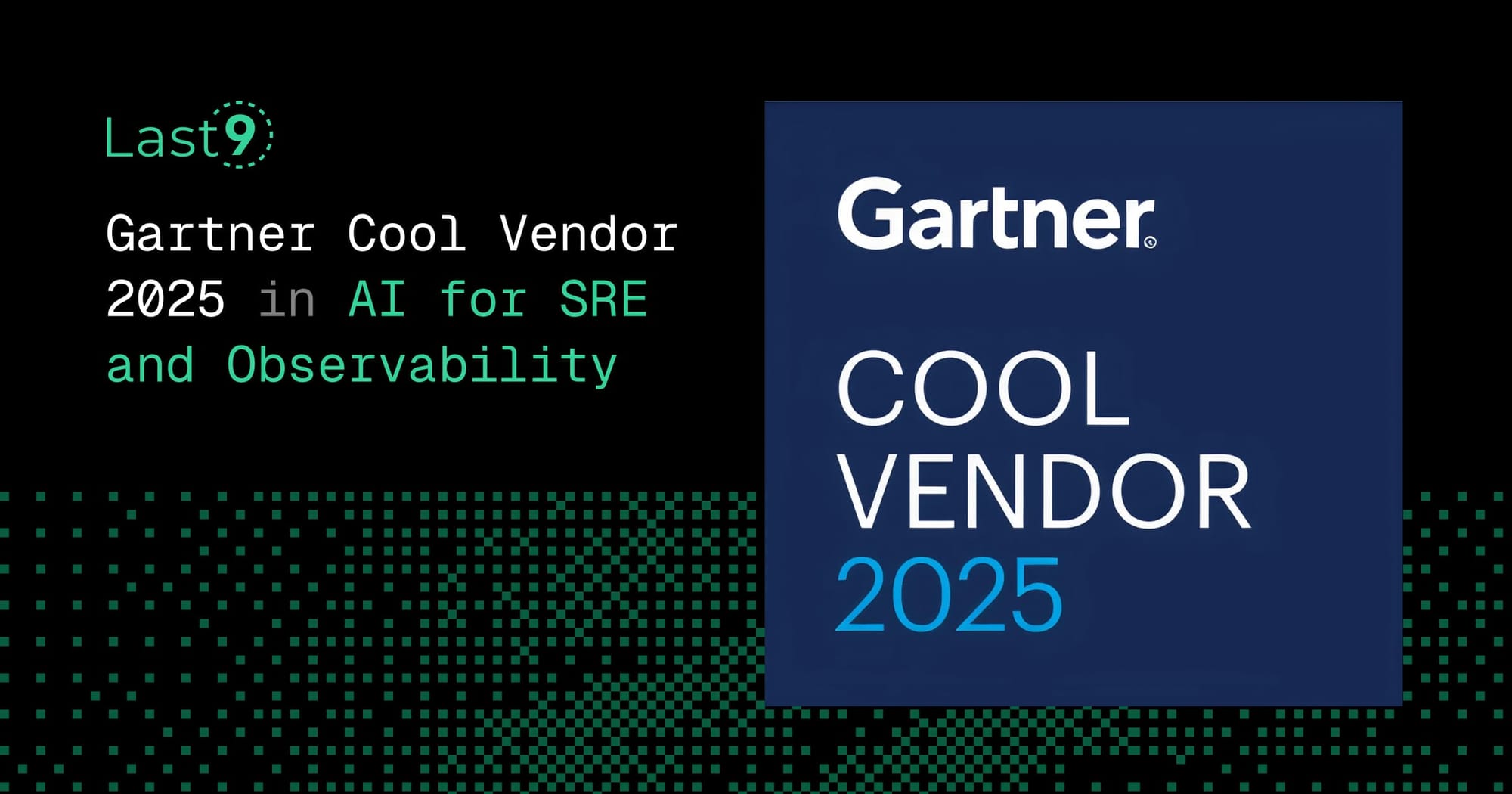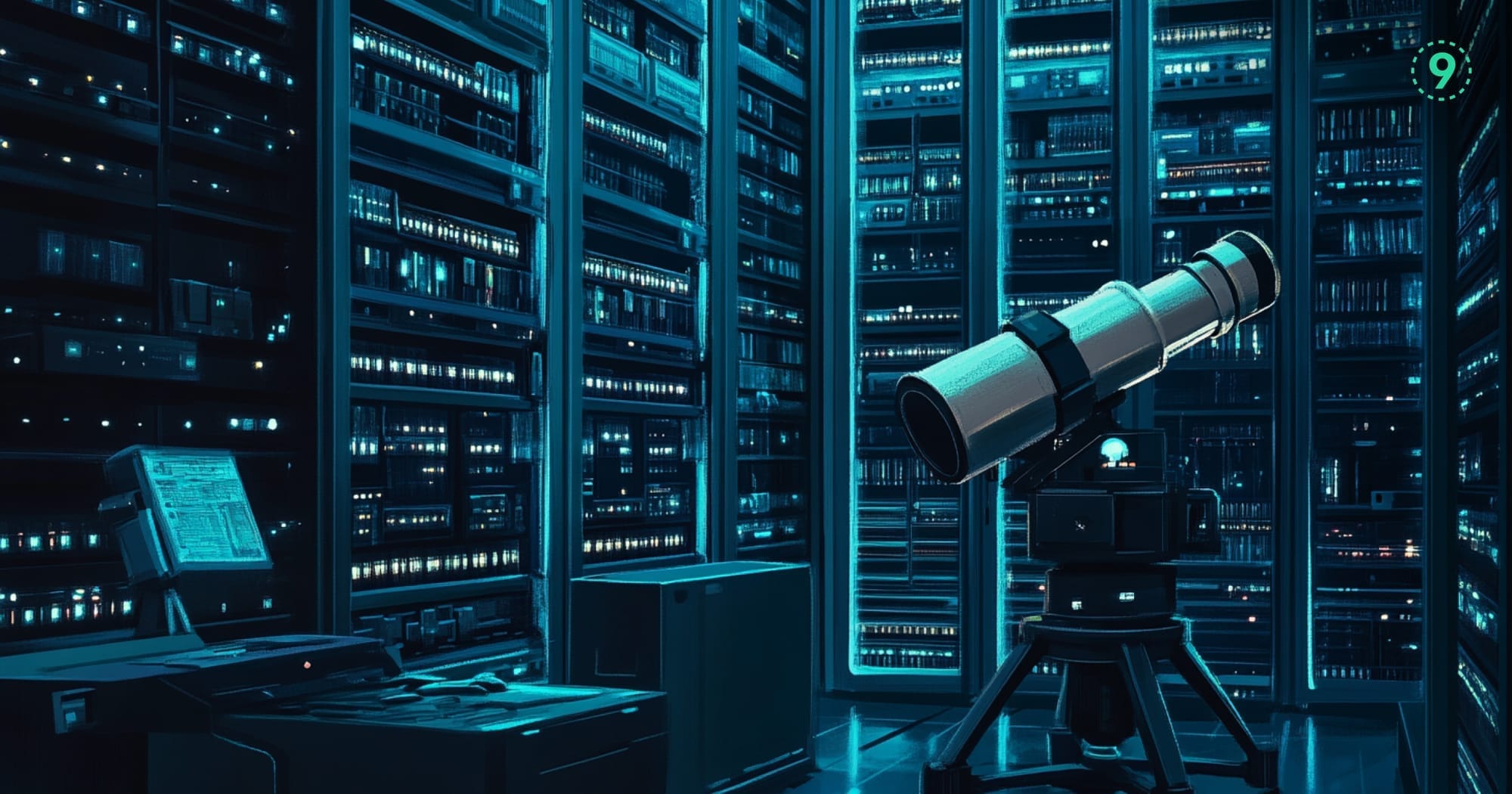
Last9 Named a Gartner® Cool Vendor in AI for SRE and Observability
Gartner recognizes Last9 in their latest Cool Vendor report for unified telemetry and agentic SDK—moving teams from reactive monitoring to proactive ops.
Do More with Less
Unlock unified observability and faster triaging for your team.

Which Observability Tool Helps with Visibility Without Overspend
A detailed look at observability platforms so you can choose tools that keep visibility high and costs steady as your systems scale.

OTel Updates: Unroll Processor Now in Collector Contrib
The OTel unroll processor splits bundled log records into individual events. Now in Collector Contrib v0.137.0 for VPC and CloudWatch logs.

9 Monitoring Tools That Deliver AI-Native Anomaly Detection
A technical guide comparing nine observability platforms built to detect anomalies and support modern AI-driven workflows.

Instrument Jenkins With OpenTelemetry
Instrument Jenkins with OpenTelemetry to understand pipeline behavior, stage latency, and deploy steps using a single telemetry flow.

7 Observability Solutions for Full-Fidelity Telemetry
A quick guide to how seven leading observability tools support full-fidelity telemetry and the architectural choices behind them.

Top 7 Observability Platforms That Auto-Discover Services
Auto-discovery tools now detect services as they appear and build dashboards instantly. Here are seven platforms that do it well.

How to Reduce Log Data Costs Without Losing Important Signals
Reduce log costs by cutting repetitive, low-value logs early and keeping only the signals that help you debug issues with full clarity.

What is AWS Fargate for Amazon ECS?
Understand how AWS Fargate runs your ECS containers without servers—just define CPU, memory, and networking, and AWS handles the compute.

OTel Updates: Complex Attributes Now Supported Across All Signals
OTLP 1.9.0 adds support for maps, arrays, and byte arrays across all OTel signals. Here's when to use complex attributes and when to stick with flat.